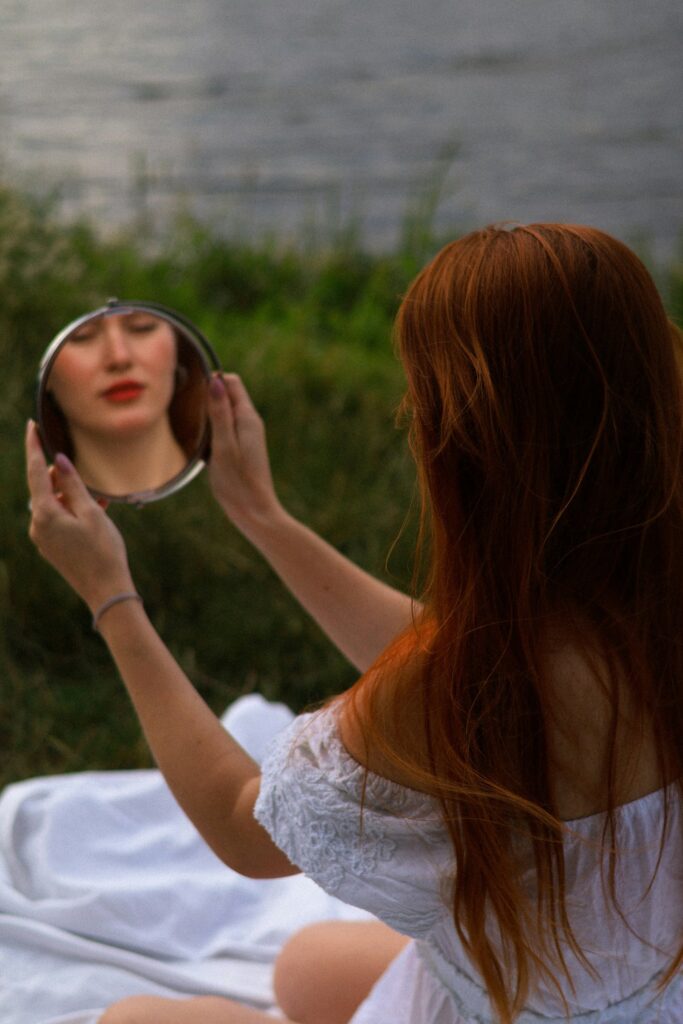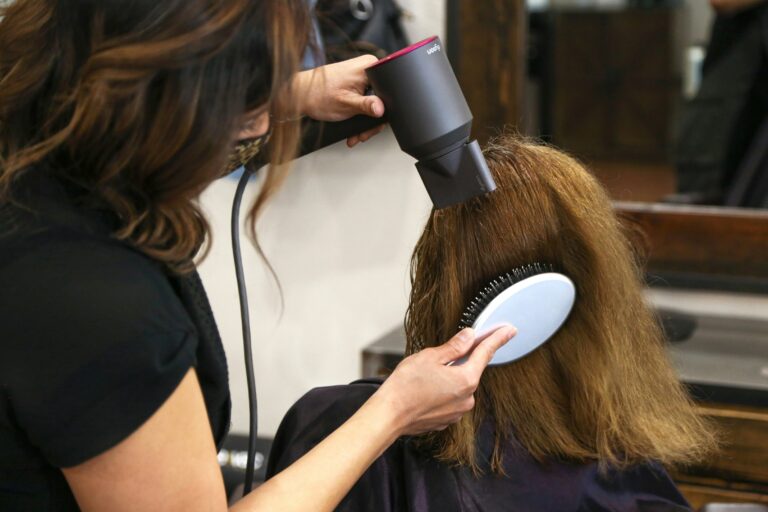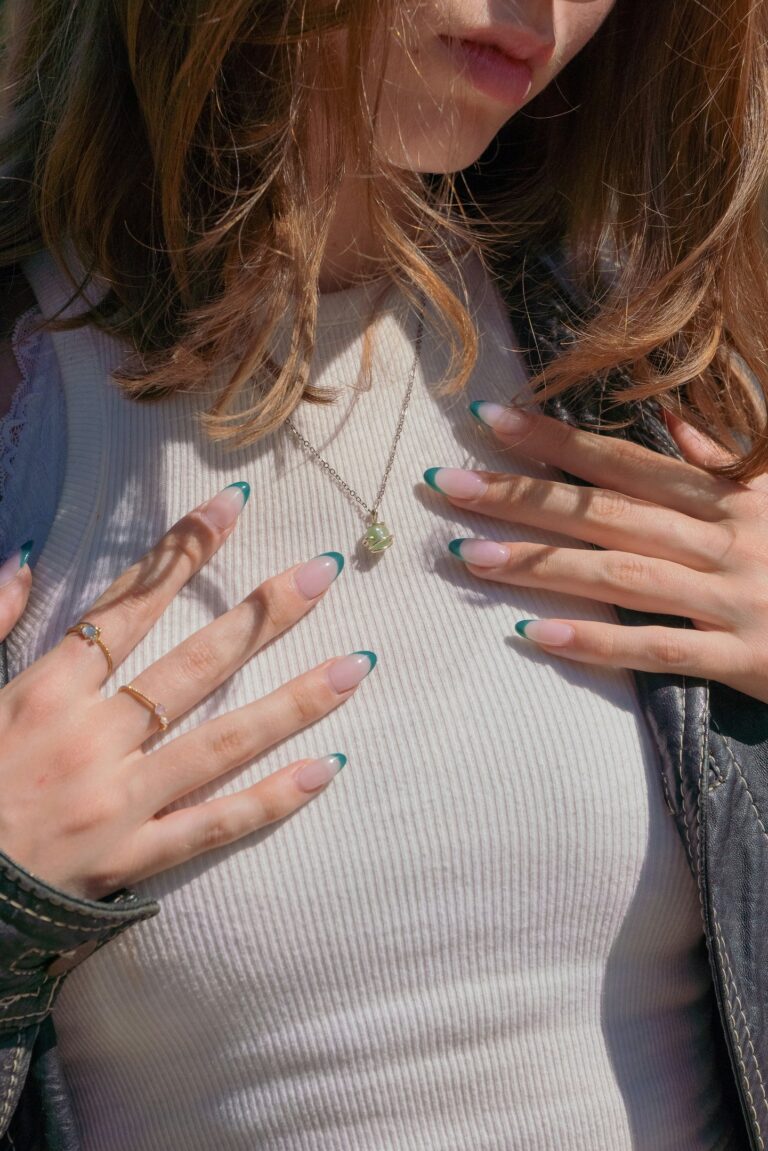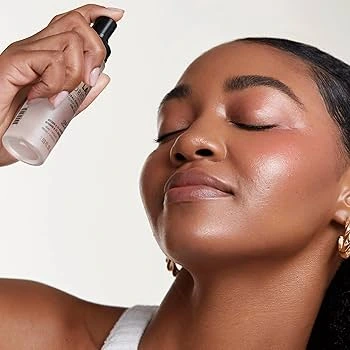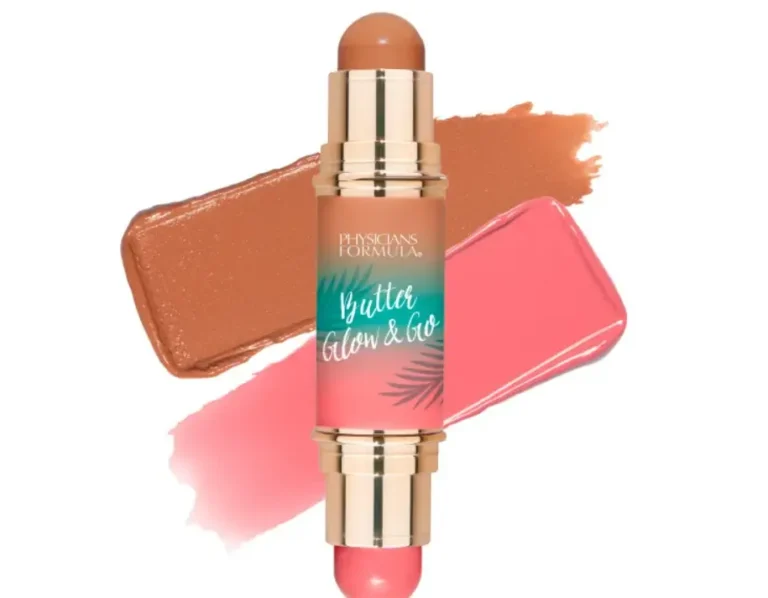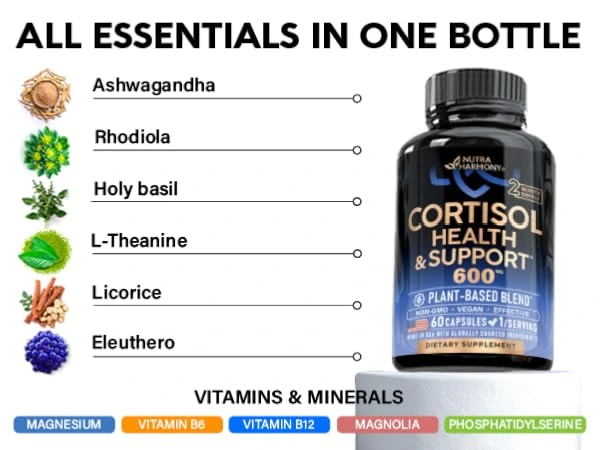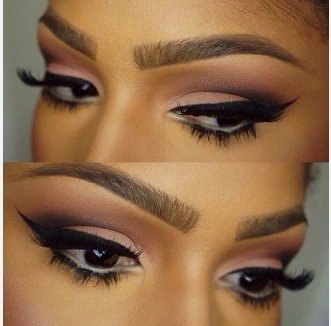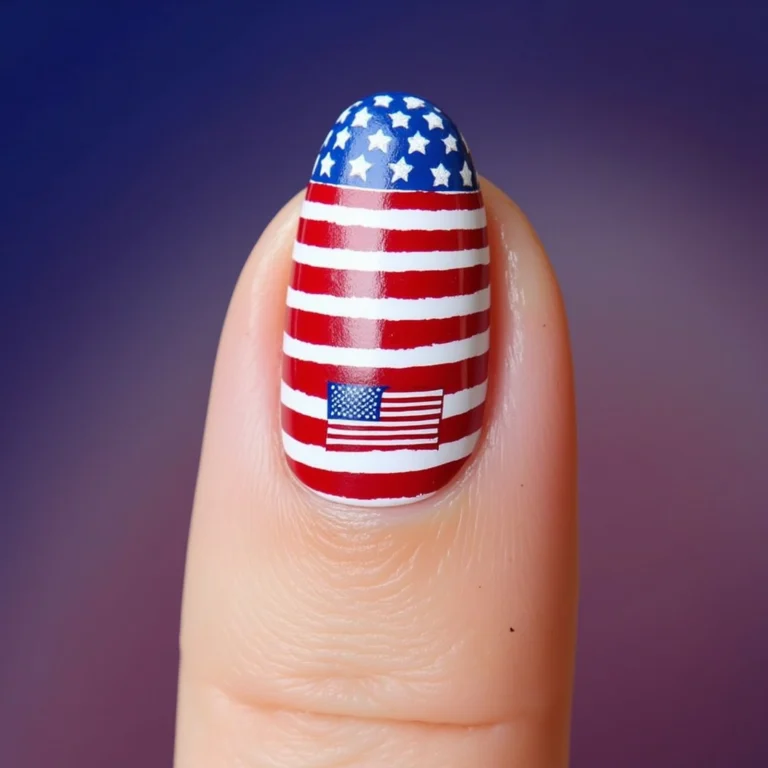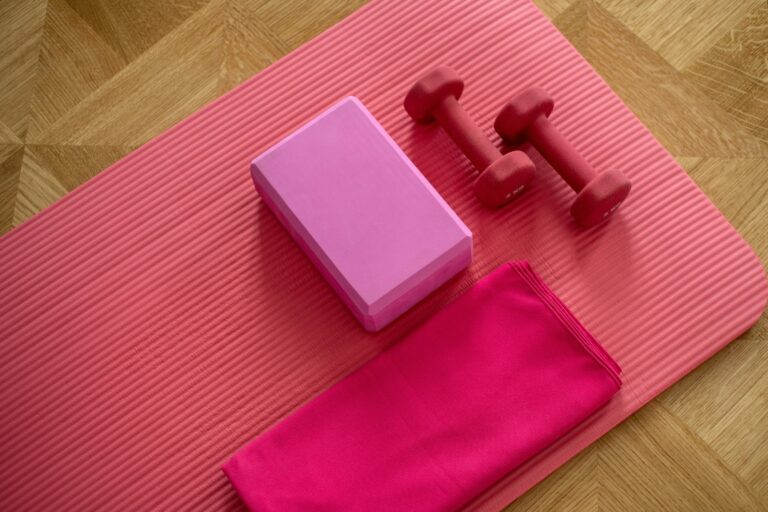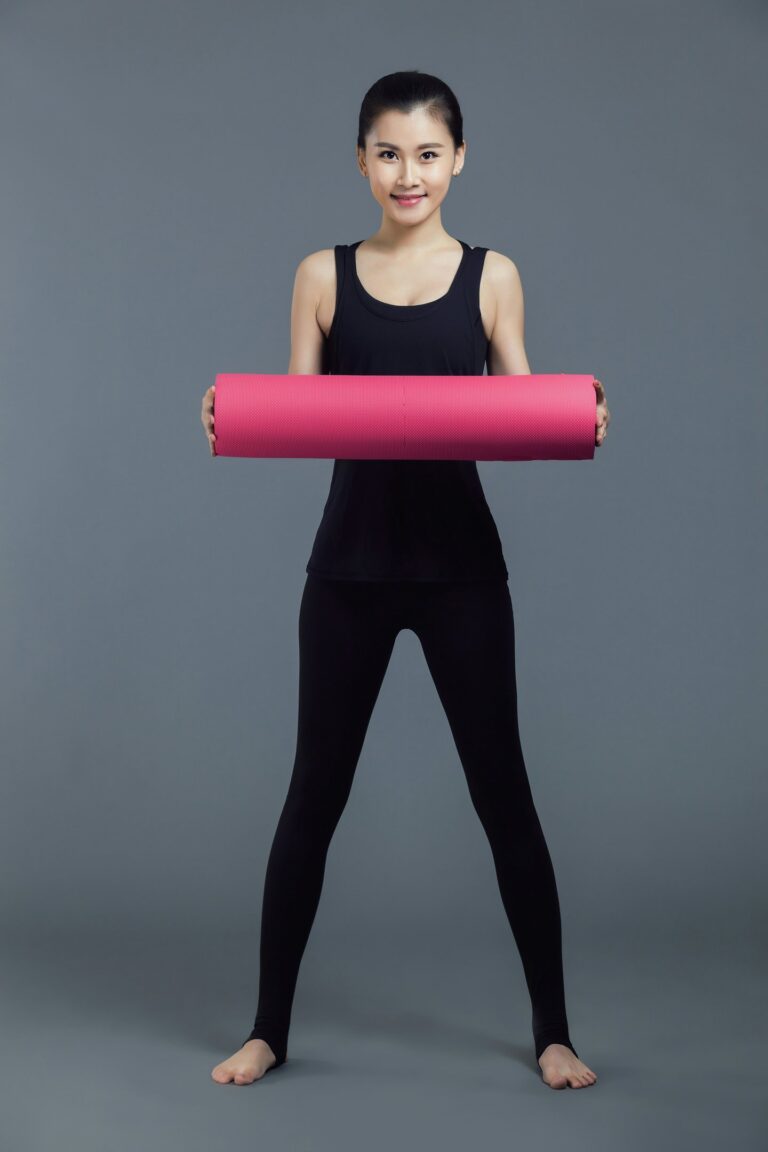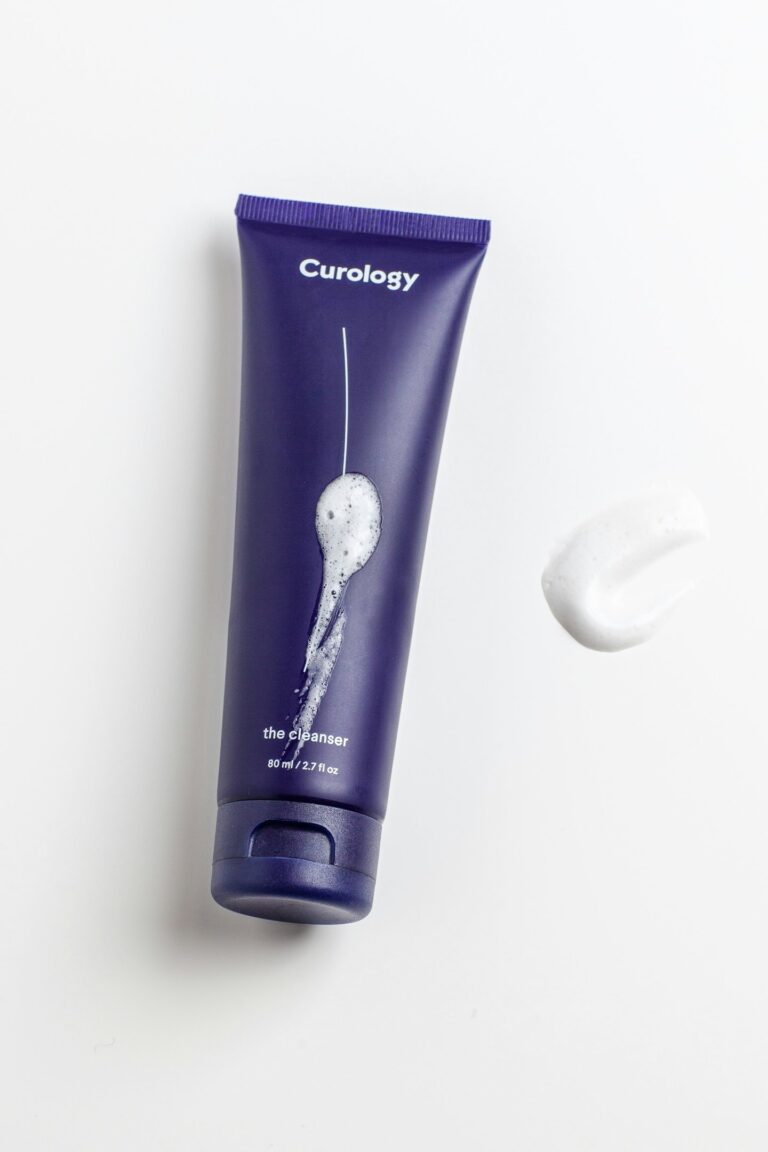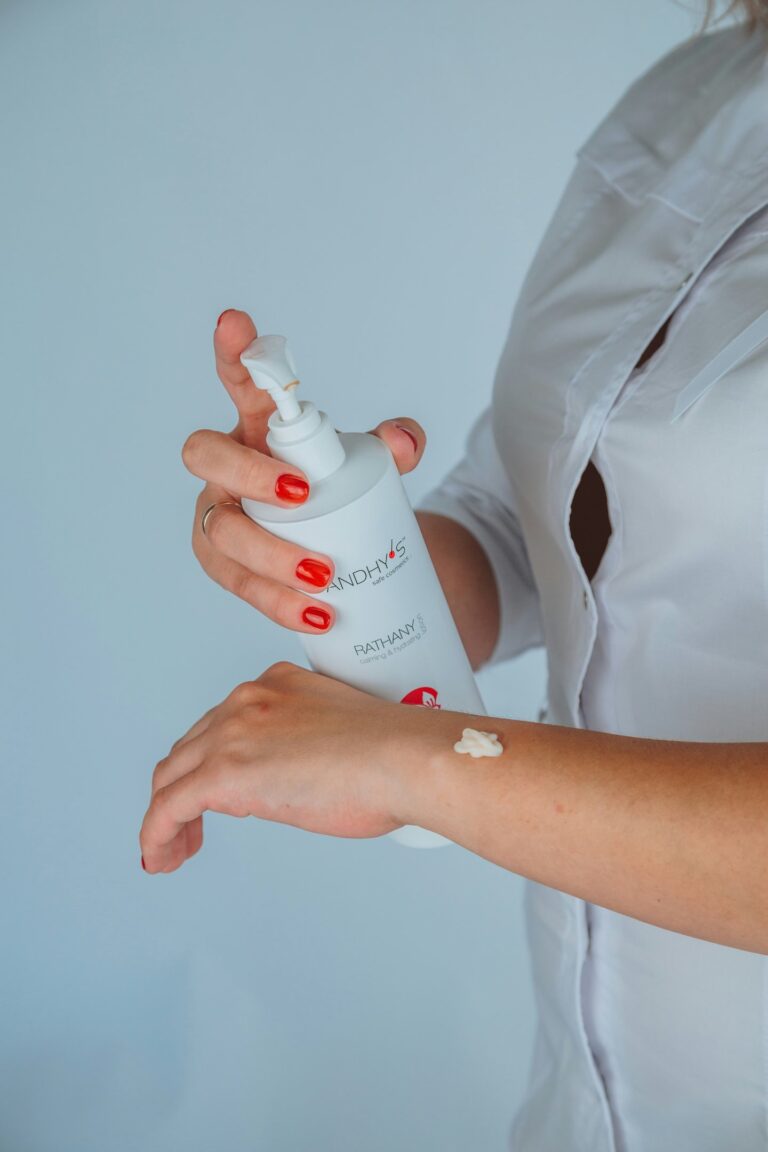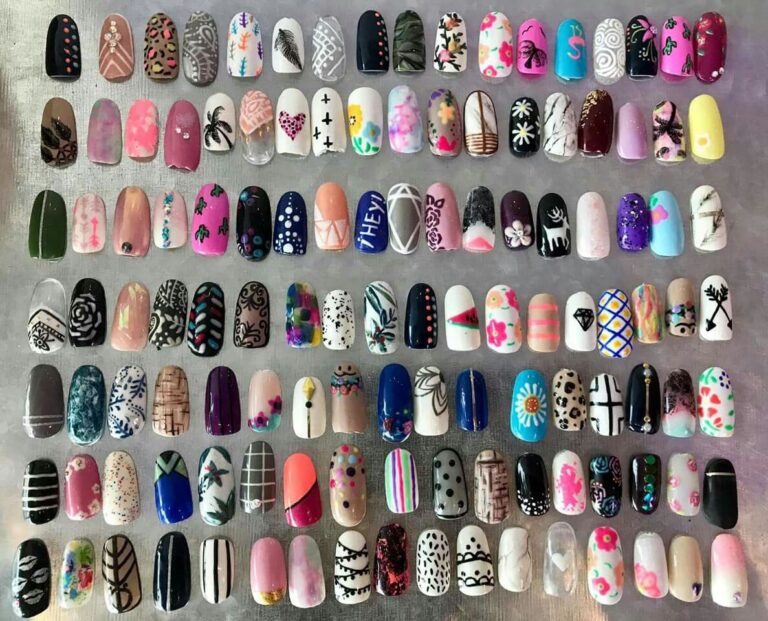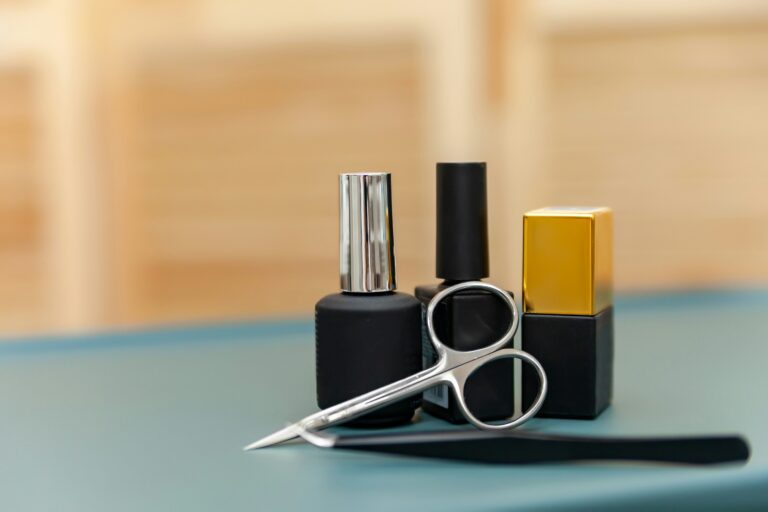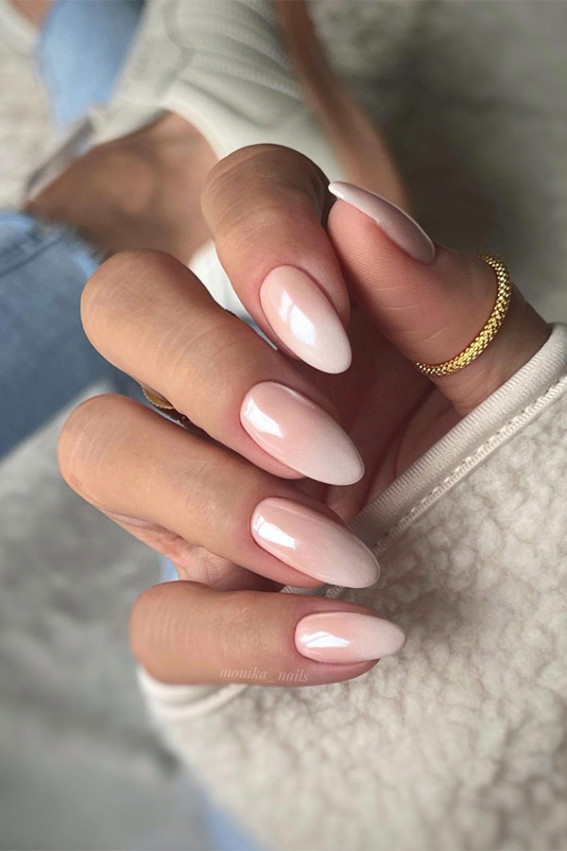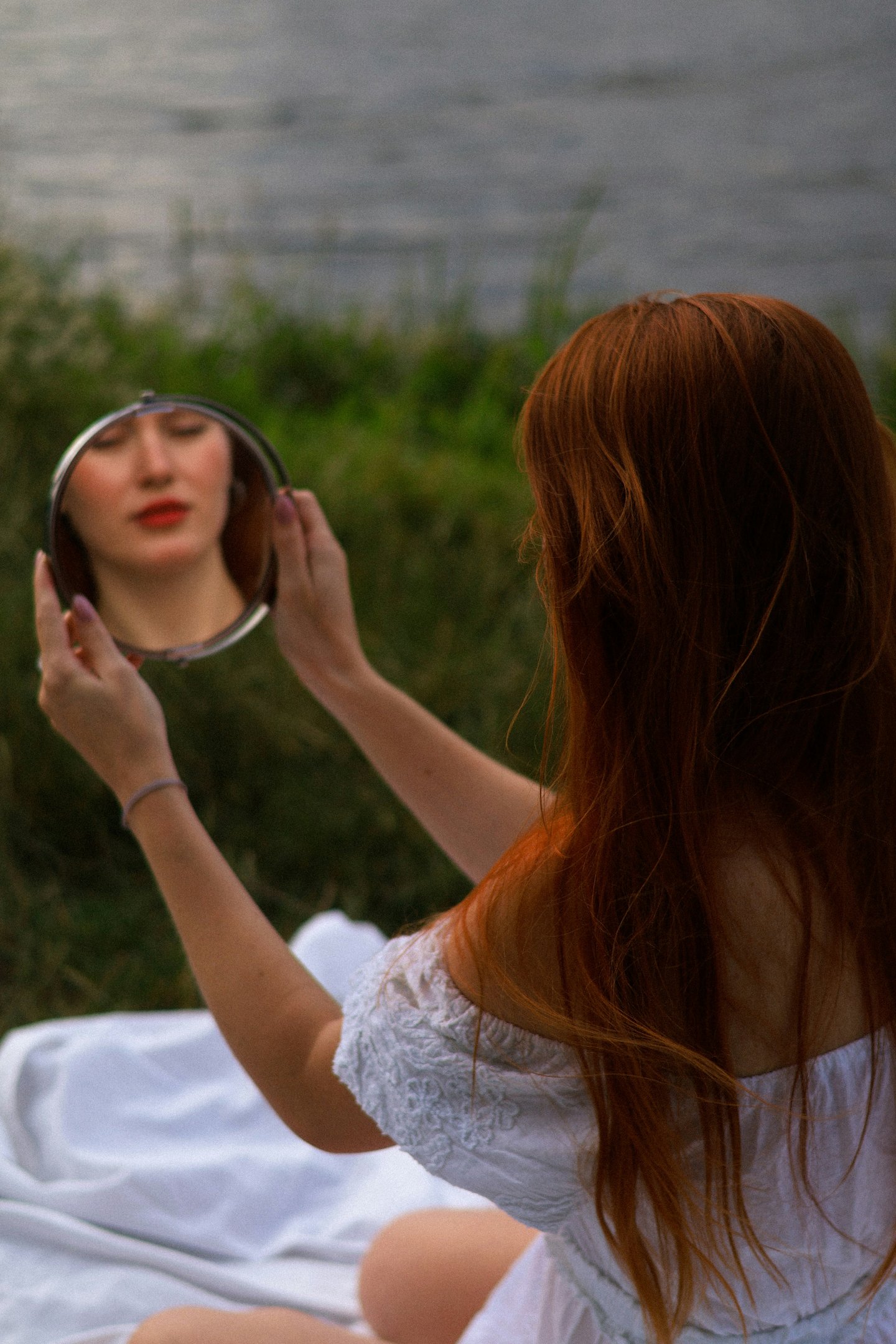
🔄 First, Can Your Skin Type Really Change?
Short answer: YES.
Longer answer: Your “skin type” (whether it’s oily, dry, combo, or sensitive) is largely determined by genetics, but lifestyle, climate, hormones, diet, and age all influence how it shows up.
Think of your skin type as your “default setting.” But like your favorite playlist, it adapts depending on what’s going on in your life.
🧬 Here’s What Happens to Skin After 30
As we move into our 30s and beyond, the skin starts slowing down production of key building blocks — like collagen, elastin, and natural oils.
Here’s what that looks like IRL:
-
Skin might feel drier or rougher (less oil production)
-
Fine lines and wrinkles become more visible
-
Breakouts shift from forehead to jawline (hi, hormones)
-
Skin might feel more sensitive than it used to
-
Your barrier weakens, leading to redness, irritation, or dullness
Oily skin might become combination. Combination skin might turn dry. Dry skin? It could become very dry — especially if you’re in a colder climate or dealing with hormonal shifts.
🔍 Signs Your Skin Type Is Evolving
Not sure if your skin type is changing? Look for these clues:
1. Your go-to products stop working
That gel moisturizer you loved in your 20s? Suddenly it’s not hydrating enough. Or worse — your skin feels tight after applying it.
➡️ Try a cream-based moisturizer with ceramides and squalane to deeply hydrate without feeling greasy.
2. You’re breaking out in new areas
If you’re seeing more jawline or cheek acne, that’s a clue your hormones (and oil glands) are shifting. Stress, sleep, and cycle changes can trigger this too.
➡️ A gentle exfoliating serum with salicylic acid or azelaic acid can help prevent clogged pores.
3. Your makeup starts sitting weird
Foundation clings to dry patches? Blush fades in 2 hours? Your skin’s texture has changed — and that’s your signal to tweak your base routine.
➡️ Use a lightweight, hydrating primer to smooth skin and help makeup last longer.
🧴 How to Update Your Routine in Your 30s (By Former Skin Type)
Here’s how to adjust your products based on your “starter” skin type:
🌿 If You Had Oily Skin in Your 20s:
You might now have combination skin — oily in the T-zone, but dry around the cheeks or mouth.
-
Switch to a balancing cleanser — not something too foamy
-
Use a hydrating serum with niacinamide to regulate oil
-
Don’t skip moisturizer — go for gel-cream textures
➡️ Try this hydrating water-gel cream that feels light but keeps oil in check.
💧 If You Had Dry Skin in Your 20s:
Expect your skin to feel even drier, especially in winter or after cleansing.
-
Add in rich moisturizers with ceramides + fatty acids
-
Use cream or balm cleansers
-
Introduce a humectant serum with hyaluronic acid or glycerin
➡️ This overnight sleeping mask adds major glow without clogging pores.
😵 If You Had Combo Skin in Your 20s:
Welcome to the skincare gray area — you might be dry one week, oily the next.
-
Simplify: use a gentle cleanser, hydrating toner, and balancing moisturizer
-
Zone-target if needed (mattify oily areas, nourish dry ones)
-
Avoid over-exfoliating — especially if your skin is moody
➡️ Try this dual-action toner that hydrates AND lightly exfoliates with PHA.
🔬 Don’t Forget the Actives (But Be Gentle)
After 30, your skin can benefit from active ingredients that help with texture, tone, and firmness — but the keyword is balance.
Here’s a cheat sheet:
-
If your goal is hydration, look for hyaluronic acid. It helps pull water into the skin and works best when layered under moisturizer.
-
If your goal is brightening, go for vitamin C. Apply it in the morning under your sunscreen to help even out skin tone and protect against environmental stress.
-
If your goal is firmer, smoother texture, use retinol or retinal. These vitamin A derivatives help with fine lines and texture. Start slow — 2 to 3 nights a week is enough if you’re new.
-
If your goal is soothing and repair, ingredients like panthenol and centella asiatica (aka cica) are your go-to. They calm inflammation and help strengthen the skin barrier, especially if you’re dealing with sensitivity or irritation.
➡️ This starter retinol serum is gentle enough for beginners, but actually works.
🌎 Other Factors That Speed Up Skin Changes
- Sun exposure (yep, still public enemy #1)→ Use a mineral SPF 30 or higher — ideally one that doesn’t pill or clog pores.Stress & sleep deprivation→ Skincare can’t replace sleep. But a calming adaptogen-rich serum can help reduce visible stress.Your environment→ Move from Florida to Colorado? You need a richer routine.
➡️ Try this barrier-repair balm for cold, dry climates. It’s a skin-saver.
🧠 Final Thoughts: It’s Normal for Skin to Evolve
If your skin feels different than it did five years ago — that’s not a failure. That’s nature.
Aging skin doesn’t mean bad skin. It means your skin is doing what it’s supposed to: evolving, adapting, reacting to the world you live in. Your job? Support it. Don’t fight it.
Give it more of what it needs — hydration, nourishment, and yes, SPF — and less of what it doesn’t (aggressive scrubs, 10-step routines, and random impulse buys).
